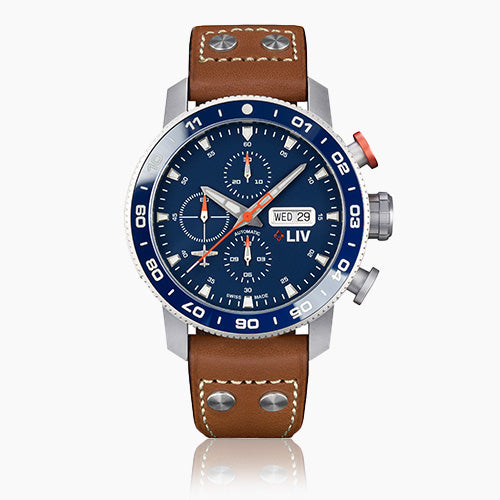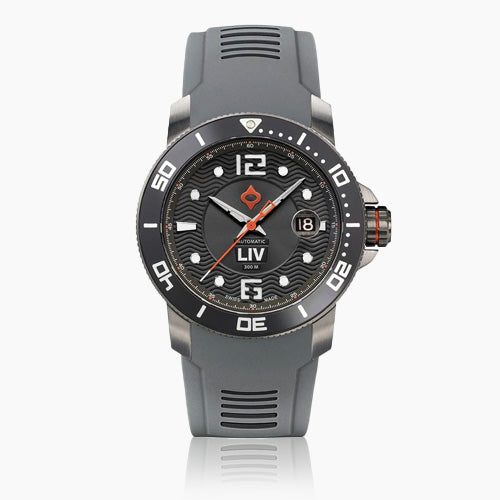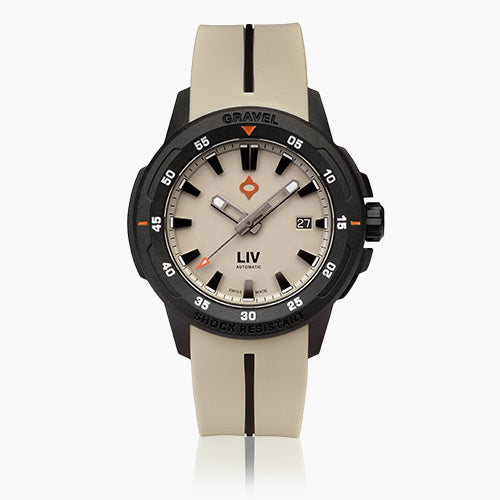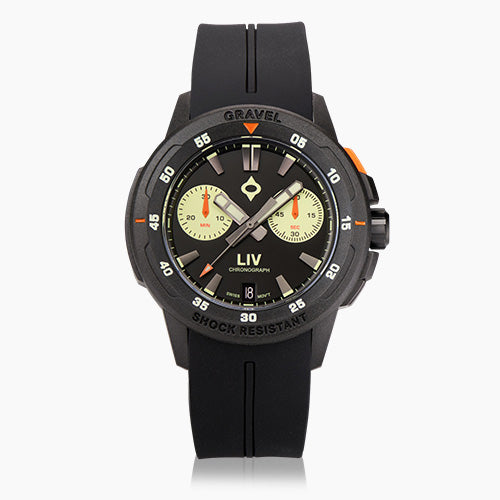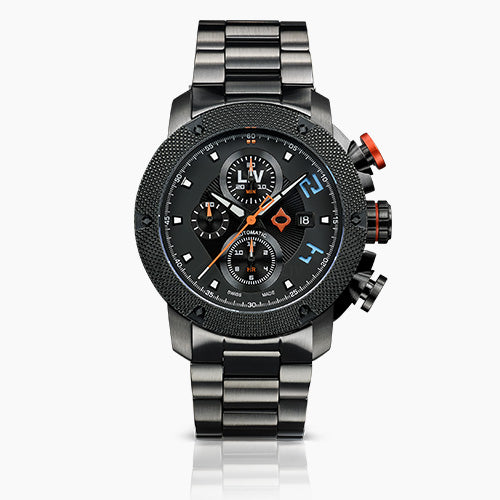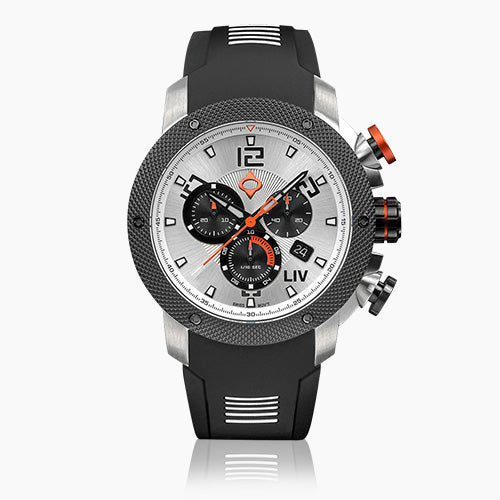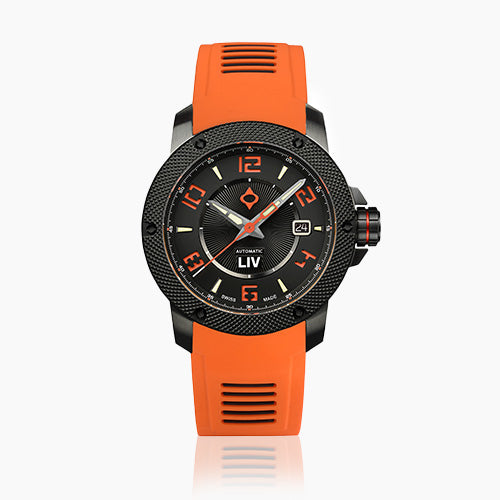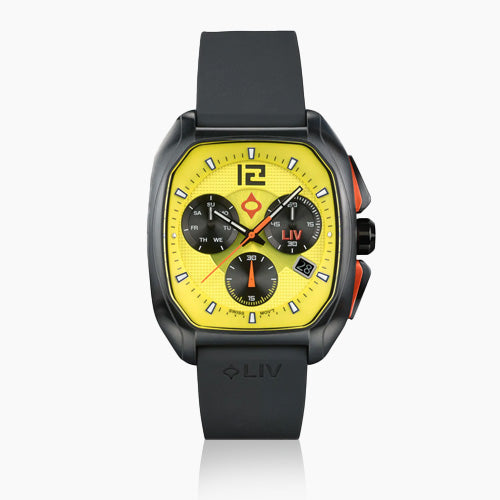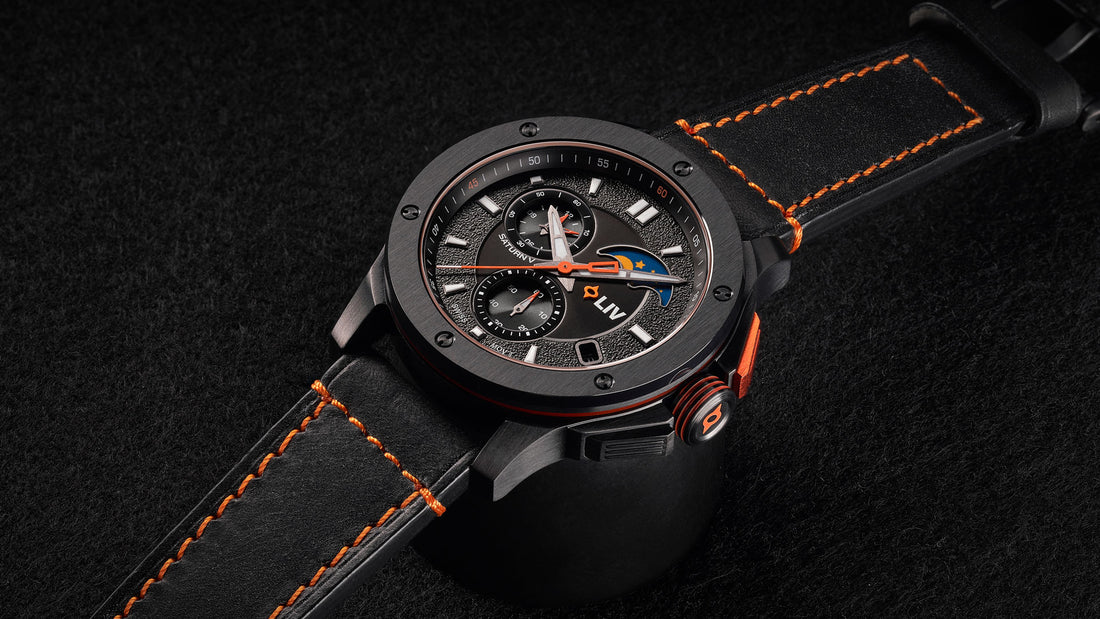
Explaining the Moonphase Complication
Share
WHAT IS THE LUNAR CYCLE?
The lunar cycle is the full process of how light shines on the Moon over a months' time, According to Wikipedia,
"The lunar phase or Moon phase is the shape of the Moon's directly sunlit portion as viewed from Earth. The lunar phases gradually change over a synodic month (about 29.53 days) as the Moon's orbital positions around Earth and Earth around the Sun shift. The visible side of the moon is variously sunlit, depending on the position of the Moon in its orbit."
Pretty cool intel, right? Well, what does this have to do with horology and watches? The lunar cycle served as another measure of time, used in conjunction with the seasons and length of day and night. Many megalithic monuments like Stonehenge served as astronomical calculators. The information was vital to the survival of the people nearby, guiding when to plant, harvest and so forth.
ARE THE MOON'S PHASES AND LUNAR CYCLE THE SAME THING?
That's an excellent question! The lunar cycle consists all the Moon's phases which takes 29.53 days. Within each Moon cycle, we see eight Moon phases. Those phases are:
- New - No Moon is visible.
- Waxing crescent - A thin crescent of light.
- First quarter - Looks like a half Moon.
- Waxing gibbous - Between a half and full moon, getting bigger.
- Full
- Waning gibbous - Between a full and half moon, getting smaller.
- Third quarter - Looks like a half moon again.
- Waning crescent - Back to the crescent.
It is these phases that are depicted in a watch's Moon phase complication.

Example of Moon's phases
WHAT IS A MOONPHASE COMPLICATION?
Plain and simple, the moonphase complication is the display of the current phase of the Moon in a window on a watch. Once set, the display will advance the moon through all its phases over the course of 29.5 days. Wait, didn't you just say it takes the Moon 27 days to orbit the Earth? Indeed I did. While the physical orbit takes that long, the complete progression of the Moon's phases takes 29.53 days.
In a mechanical watch, the progression of the Moon through its phases is accomplished with a gear containing a specific number of teeth, 59 to be exact. For math fanatics out there, that is 29.5 x 2. The reason for this is the practice is to have two full moons, 180o apart. This covers two complete Moon cycles. Every 24 hours, the gear advances one tooth, moving the display forward.
The historical way to show the Moon's phases is with the bosom display. This is an elaborate treatment that resembles a crescent with two half circles on either side. As the Moon advances, these half-circles cover the Moon on the dial, displaying the phase properly. Check out LIV's implementation of the moonphase complication on its Saturn V Moon Lander masterpiece below.
MOONPHASE VERSUS DAY/NIGHT COMPLICATIONS
A true moonphase complication like LIV's Moon Lander is much more sophisticated than the day/night display. Visually, this latter complication resembles the Moon phase, but only during the PM hours. This complication is accomplished by rotating the dial completely every 24 hours. It's a cool complication in its own right and useful for watch freaks who live in the land of the midnight sun or serve in a submarine. They need to know if it is day or night in normal environments!
WHEN DID THIS COMPLICATION FIRST APPEAR?
Looking at the history of watches, this complication is a relative newcomer. Patek Phillipe invented the moonphase complication in 1925. Rolex followed up with their own version in 1949.
But, what drove the development in the first place. Were there focus groups? New product design challenges? Angry crowds of watch freaks with flaming brands and pitchforks demanding a display of the Moon's phase more convenient than Stonehenge or the village clock tower?
It's hard to pinpoint the exact reason, although clock towers with the Moon phase display were popular for centuries followed by grandfather clocks before arriving in wristwatch form. A likely explanation is the technical challenge presented by the complication. This motivation has given us watch fans and aficionados many marvels to delight in over the years.

LIV Saturn V Moon Lander Moonphase Chrono
Explore the Saturn V Moon Lander Moonphase Chrono
WHY DID LIV DECIDE TO OFFER A MOONPHASE COMPLICATION?
LIV decided to add this complication to its Saturn V Moon Lander because it fits beautifully with the overall Saturn V tribute. After all, what better timepiece to grace with a true moonphase complication than the one that honors the race to the Moon?
Fortunately, we were able to use the premium ETA quartz G10.962 EO Swiss chronograph with its moonphase complication. This beautiful example of micro-engineering displays the current phase of the Moon in the eye-catching style LIV is known for. If you have aspirations to take a trip into outer space or simply want one of the coolest complications in the watch world, check out the LIV Saturn V Moon Lander collection.

WHAT ROLE DOES IT PLAY IN LIV'S LINE-UP?
There you have it, 7 watch styles that will never go out of style. As a serious watch freak, I have samples of each in my collections, except for the pilot's watch and a bling specimen. The pilot's watch is within my means; not so a blinged-out one… unless I hit the lottery. Then it will become my everyday wear timepiece.
